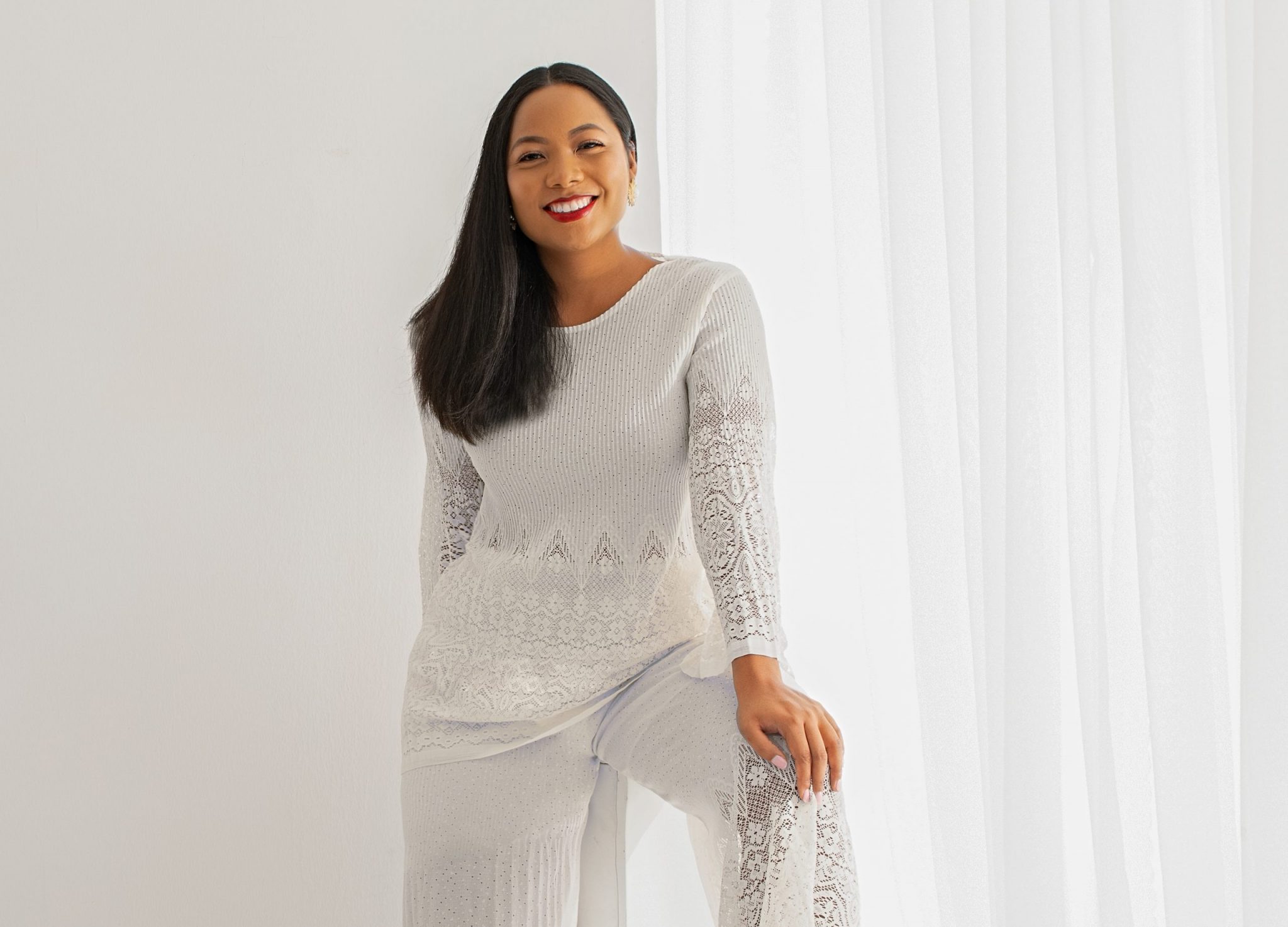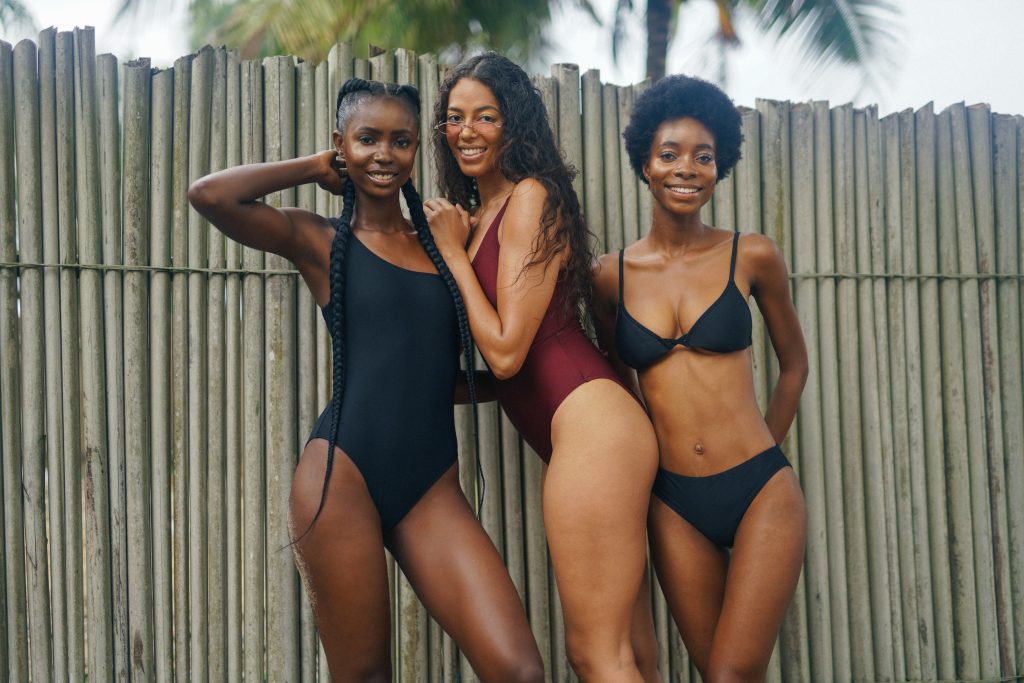Nigerian Entrepreneur, Pinghwa Okorie is Designing Swimwear Suitable for Black Women’s Bodies.
Nigerian entrepreneur, Pinghwa Okorie is the founder
of Salt and Screen, with her father being Nigerian and her mother being a
Taiwanese, she often embarked on trips to tropical locations, which includes
her mother’s homeland and the philistines.

She grew up loving the beach life, but she couldn’t find
the right piece of swimwear for herself. She said “Growing
up in Lagos, it was hard to find swimwear that I loved and felt comfortable in,”
She studied business at George
Washington University in the U.S and also happens to be a digital marketing
specialist by trade.
Seeing the boom in
tourist activities in different parts of Africa, she noticed how over the past
few years, locals have been making good use of the opportunity of the city’s
closeness to the beach. She also realized the growing demand for a specific kind
of swimwear.
She said, “That’s almost
like our escape outside of the hustle and bustle and the stress of the city,”
she says. “A lot of the beaches are accessible by driving an hour, or you can
just take a boat, whether it’s 15 minutes or 30 minutes away, to get there.
According to Okorie, Salt
and Screen which was launched in 2019 is “based on the beauty of an African
woman—the feminine physique and accentuated curves.”
The Salt and Screen brand
also acknowledges where it emerged from, considering that the Merah Hati in its
most recent collection was inspired by the red sand of her father’s hometown
in Enugu State.
She had a series of questions
to answer concerning and her brand, the processes, and her experiences, here is
her interview with Black Enterprise.

What made you want to
start a swimwear brand?
I felt like because
Nigerians are very on the forefront of things, they like very vibrant,
very bold prints. There weren’t that many pieces that were minimalistic. Let’s
say you just want like a black swimsuit or just a solid color, something
simple. There wasn’t that many. And if there were, it was lacking quality.
You studied business but
never fashion. How hard was it to start a fashion brand without that training?
I have no design
background. But I’ve tried so many types of swimwear on in my life. Every time
I go somewhere, I buy a new piece. From that, it grew my understanding of OK,
this is how I want it to fit. And then also gathering a lot of market research,
asking consumers, especially my target market, what are some pieces that you
like and what would you wear—is it a one piece, a two piece, would you like
padding, no padding. Just all those different questions to gather their
understanding of fit and their own practices. And from that I created designs.
I worked a lot with freelancers online because you need those professional
sketches to get factories to produce.
What was that process
like, working with factories?
When I met my
manufacturers, I literally went through every piece like, “This is how I want
the stitch to go. This is how I like the padding.” So, going through all the
different details that make up the swimwear, and then bringing them back. I
went through like four rounds of sampling. I know people usually go maybe two
rounds because the costs add up, but because I was just starting off, I wanted
to almost be perfect. Not only that, but because here, people’s figures are a
little bit different, they’re more curvier, so you want to make sure it fits
them well.
Fit is really important
to you. You pride yourself on making swimwear specifically for our
bodies.
One of the things that I
learned the most out of the beginning stages is that you have to test it on
multiple body types and don’t just listen to what the factory says. Because
you’re manufacturing in China, their standards are a little bit different.
Their size small could be like an extra extra small. I remember the first sample
I got I was like, “This is a small? It can’t even fit so many women that are a
size small here. It makes no sense to me.”
I had already wasted
hundreds of dollars on a sample and I had to make a new set and tell them OK, I
want a medium, based on these measurements—so making my own measurement chart
and not just the standard that you find in the industry but customizing it to
my own target market. I was grateful to have friends and other people that I
could say, “Hey can you try this on? What is your feedback on it, as someone
that is hard for you to find swimwear for your body type?”
Right now, I have sizes S
through XL. I wish I could go even bigger but I only have so much finance. I
don’t want to be another swimwear that has very few sizes. I want the brand to
be something that’s inclusive for all women.


Be the first to comment!
You must login to comment